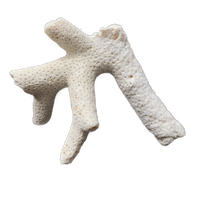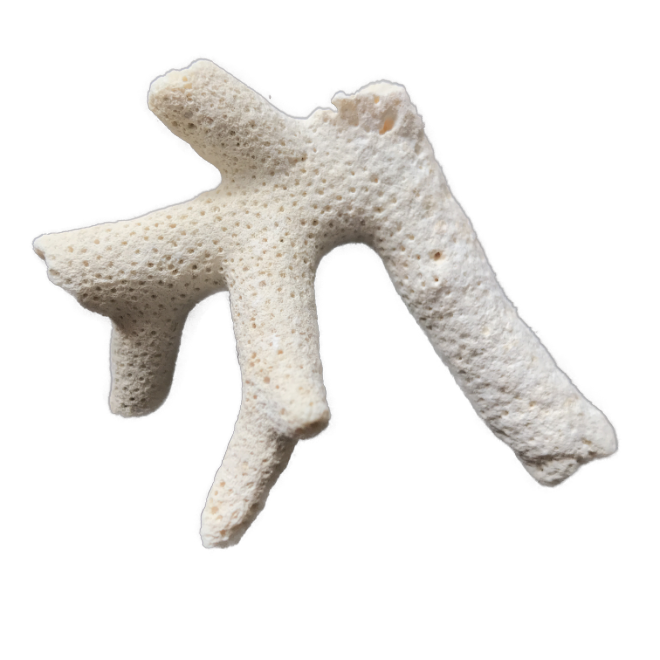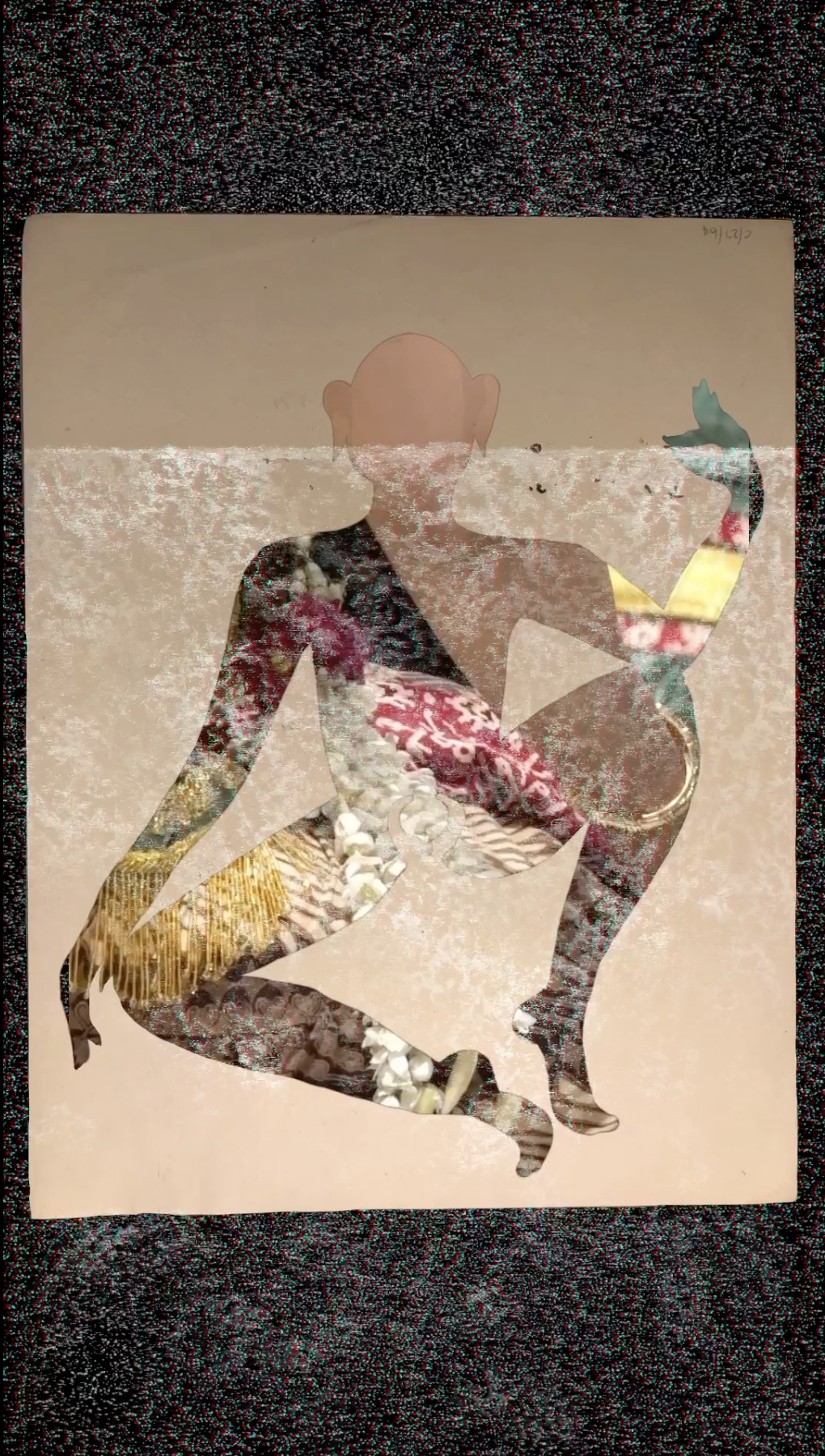
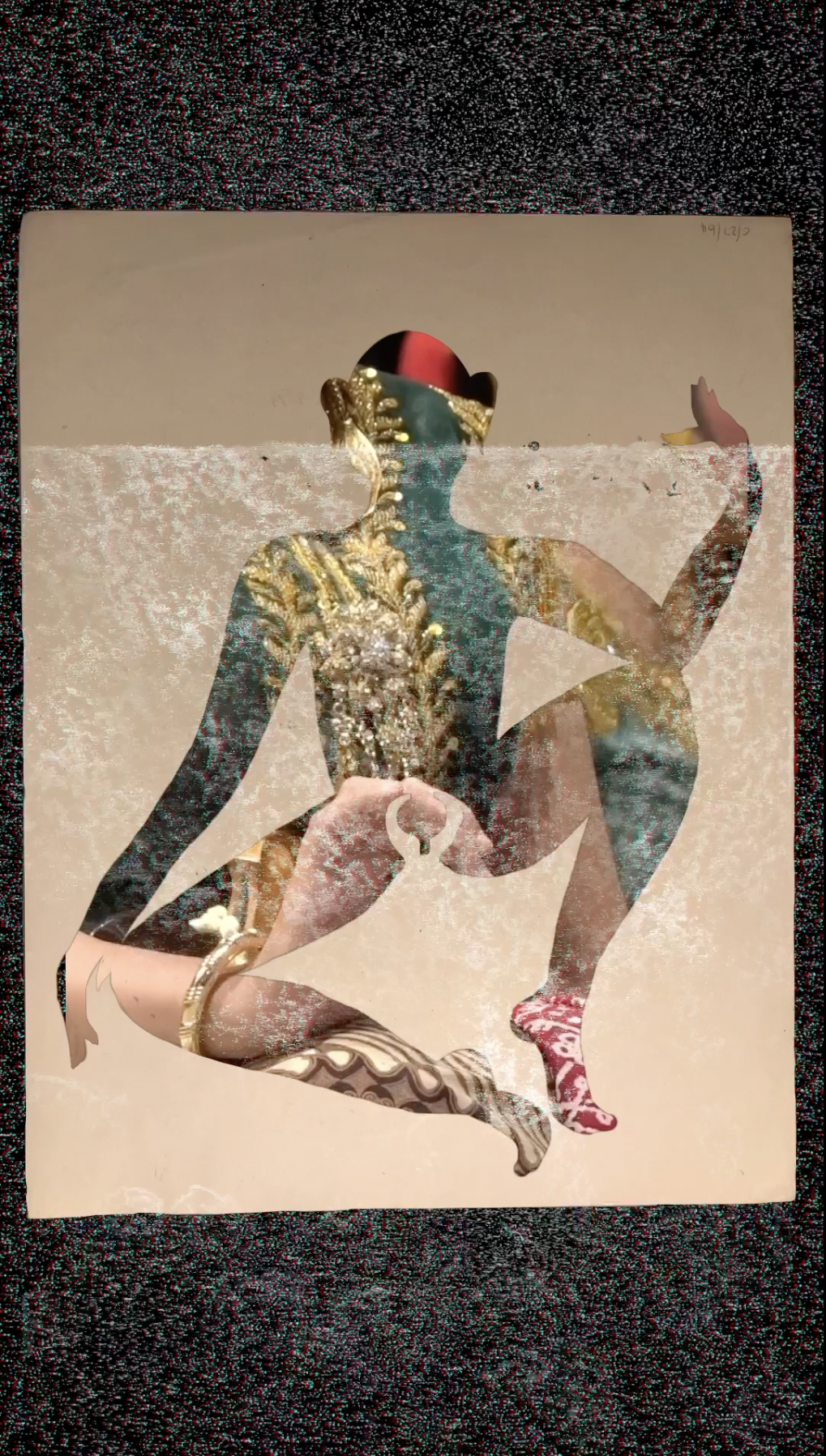




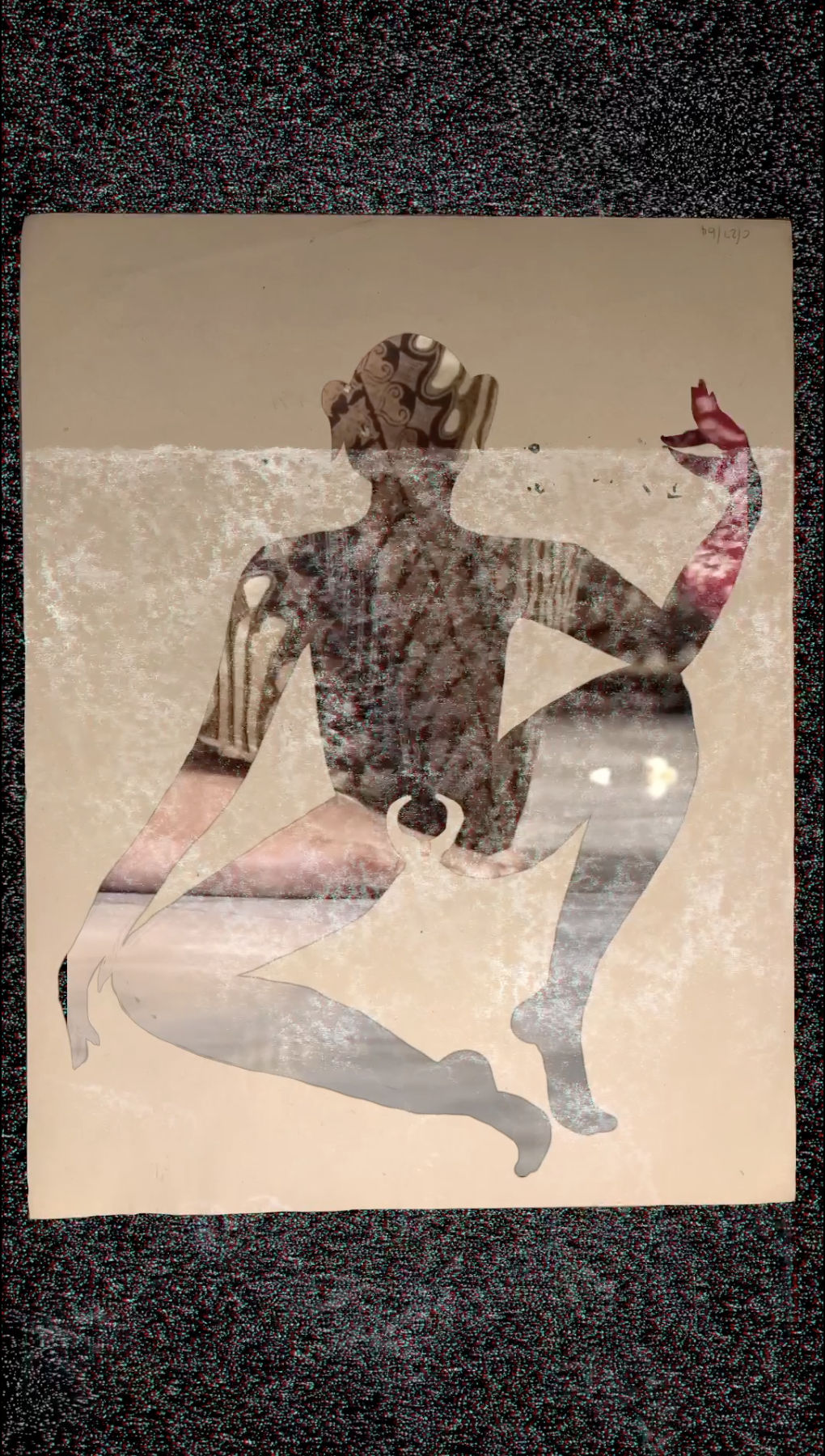
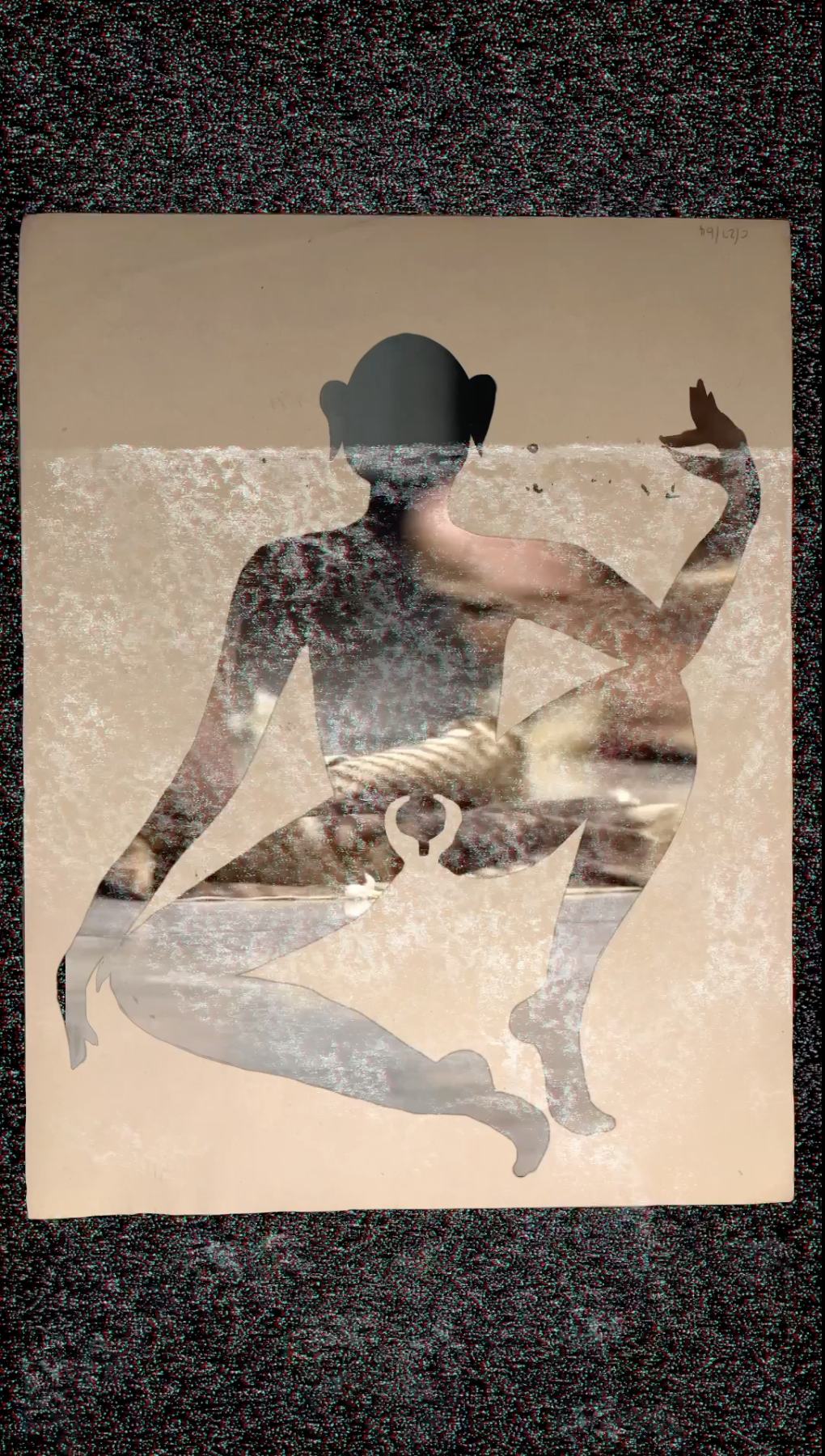



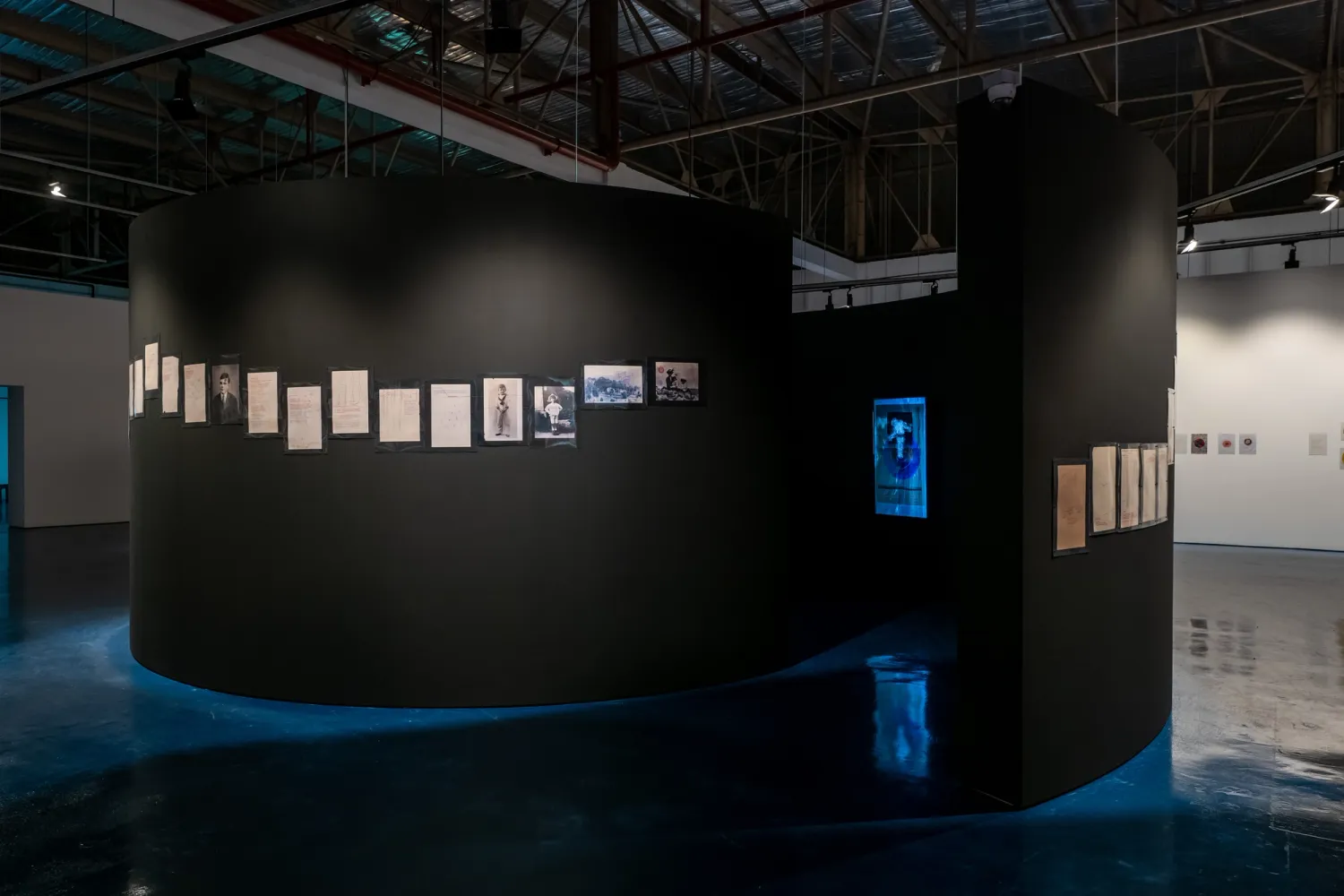

SIX UNEASY FRAGMENTS (EXACTLY) ABOUT THE NATURAL AND SPIRITUAL
6-channel video, 4-channel audio, 144 digital prints on acrylic & archival paper
Alan Turing (1912-1954). Born in England to parents living in British administered India, a twenty year old Alan wrote a six-page meditation titled ‘Nature of Spirit’. Archived as among his “non-scientific” writings, the Turing Archive also holds 72 unordered pages filed under a note: “it will be difficult, in some places impossible to know exactly what the fragments are (exactly) about”. These 6 and 72 pages at the fringes of his mathematical work, become a curious and critical surface upon which to (re)inscribe a(n other) story.
A piece of (speculative historical) fiction for a pioneer of (theoretical computer) science. Digital palimpsests of ethnographic, archival and choreographic layers tell tall tales of Alan’s birth and early years in colonial India and Indonesia. In a provocative (re)shaping of his mathematical mind through premodern tāntrik practices of drawing and dancing, this address to Alan offers a fragmented speculation on decolonial implications of non-dual tāntrik art-science on our present condition of binary digitality.
[ video exerpts ]
